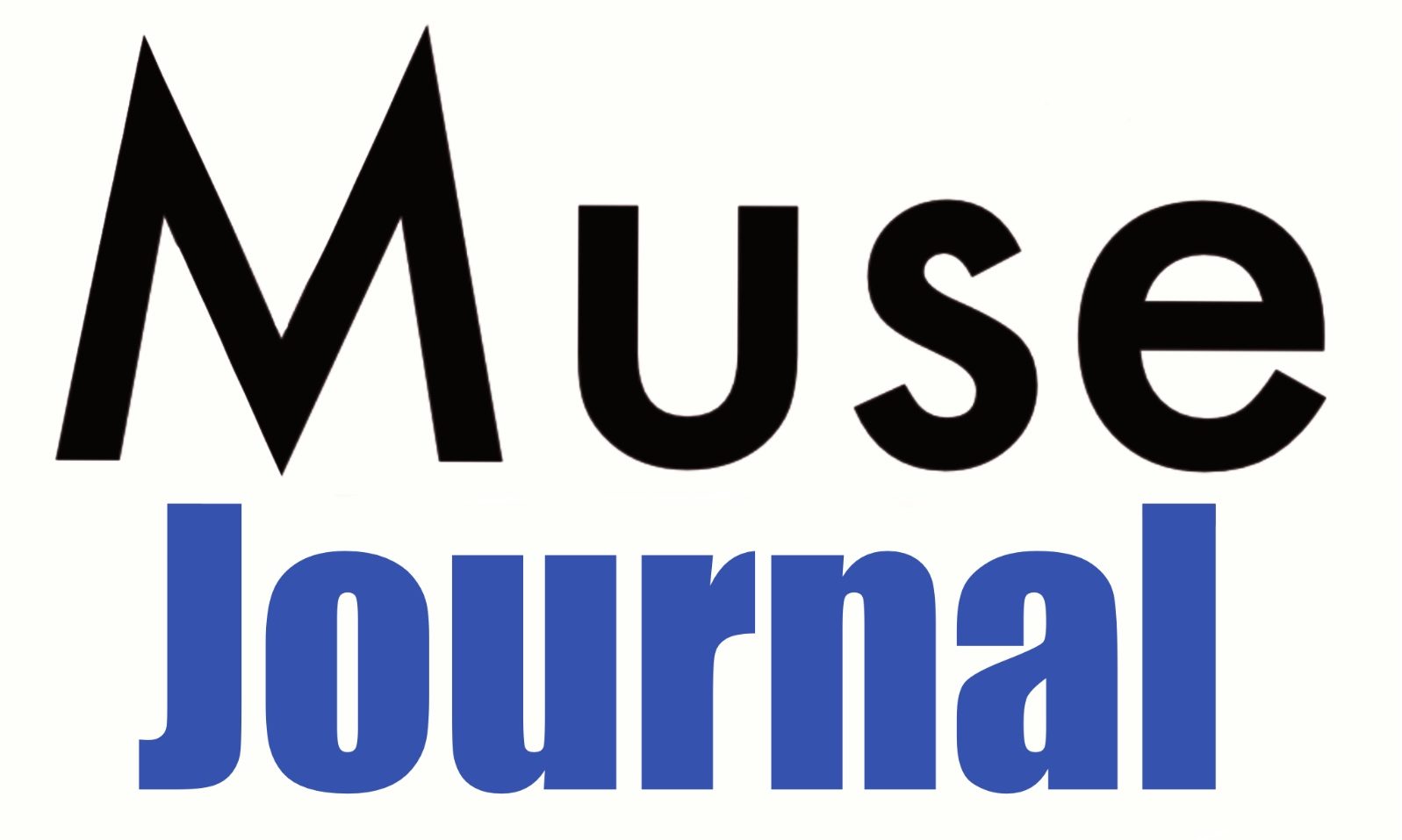Are you thinking about saving for your retirement? There is no better time to plan for your retirement than right now. The best way to maximize your retirement earnings is to open a retirement account and fund it monthly with a percentage of your income.
The best and most common retirement plans are 401(k), IRA, and Roth IRA. Each offers several unique tax advantages and benefits that differ from the others. Before you enroll in a particular retirement plan, take the time to learn more about each of these three plans to see which one is the best for you and your planned retirement.
Below is an overview of 401(k), IRA, and Roth IRA retirement plans.
401(k) Explained
A 401(k) is a retirement savings plan that employers offer to their employees. It benefits employees because if you agree to contribute a portion of every paycheck to the plan, your employer will match the contribution by paying into it. That means your 401(k)-retirement account will receive free money from your employer each time you contribute to it from your paycheck.
All contributions get paid into a tax-advantaged investment account. The contributions from your paycheck get deducted before your taxes do. That means you’ll have less taxable income after contributing to the account, so you’ll pay less taxes to the government.
You won’t have to pay taxes on the account’s contribution. You only pay taxes when you finally withdraw money from your retirement account. Until then, you don’t pay taxes on the funds in the account.
Pros
- You can contribute up to $23,000 of your annual income to their 401(k)
- Most employers will match a certain percentage of your contributions
- Don’t pay taxes on your contributions
- Automatically have your contributions paid from your paycheck to the fund
Cons
You cannot withdraw from the fund without penalty until you are 59.5 years old. Early withdrawal will charge you a 10% penalty fee (along with the taxes you must pay on the money taken out)
The 401(k) plan administrator chooses which mutual funds you are allowed to invest in from your plan. The choices are usually limited.
Roth IRA Explained
A Roth IRA is another type of individual retirement account with tax incentives opposite to a traditional IRA. Instead of paying taxes on the money you withdraw, the Roth IRA only requires you to pay taxes on the contributions made into the account. Then, when you are ready to withdraw from the account after turning 59.5 years old, you don’t pay any taxes on the funds withdrawn.
Many people think the Roth IRA is a better retirement plan option than the traditional IRA because they like the idea of substantially growing their investments without ever paying taxes on the accumulated wealth. Anyone good at investing and growing wealth can maximize their tax savings using a Roth IRA plan.
The maximum annual contribution limit is $7,000, just like the traditional IRA. It is significantly smaller than the 401(k) contribution limit. Plus, if you ever end up making more than $161,000 per year, you won’t be able to contribute any more money to the Roth IRA account because that is the income limit imposed on the account holder.
Pros
- Tax-free withdrawals after you turn 59.5 years old
- Create a robust diversification tax strategy when contributing to a Roth IRA and 401(k) simultaneously
Cons
- A 10% penalty is charged for withdrawing early (before age 59.5)
- You are not allowed to contribute more than $7,000 to the account per year
- Any individual earning more than $161,000 in a year cannot make direct contributions to the fund
- You must pay taxes on the contributions
Conclusion
Now, you should have a clearer understanding of the three best retirement plans available. Choosing the best retirement plan will significantly impact your financial security when it comes to retire.
Most people working for an employer will find the 401(k)-retirement plan to be more than reasonable because it allows them to earn free money from their employer’s contributions. However, you don’t need to limit yourself to one retirement plan.
If you generate enough income to make more considerable contributions toward your retirement, consider opening an IRA or Roth IRA for a second retirement plan. The additional tax incentives they offer could make their contribution worthwhile.
All you need is a practical tax strategy to maximize your tax savings by investing in a 401(k) and one of the two IRAs. Consult a professional financial advisor for further advice.






